NOAA predicts another above-normal hurricane season
The National Oceanic and Atmospheric Administration (NOAA) said there's a 60 percent chance of an above-normal hurricane season this year, calling for a likely range of 13 to 19 named storms.
Get all the latest news on coronavirus and more delivered daily to your inbox. Sign up here.
While a global pandemic has shifted millions of Americans to work from home, the prospect of an intense Atlantic hurricane season has emergency managers retooling disaster plans to take into account the added threat of coronavirus.
There are as many as 13 to 19 named storms predicted during the Atlantic hurricane season, which runs from June 1 to Nov. 30, forecasters from the National Oceanic and Atmospheric Administration's (NOAA) Climate Prediction Center (CPC) said last month.
Six to 10 of those could develop into hurricanes, with winds of 74 mph or more, and three to six could even become major hurricanes, capable of inflicting devastating damage.
For telecom giant AT&T, severe weather in the spring across the South allowed the company’s National Disaster Recovery team (NDR) to adapt to the new challenges of assessing damage to broadband, cellular and wireless infrastructure amid the COVID-19 pandemic.
“We've had a little bit of practice, fortunately, and unfortunately with tornadoes,” Chris Sambar, executive vice president of technology operations, told Fox News in May.
2020 ATLANTIC HURRICANE SEASON MAY BE 'EXTREMELY ACTIVE,' WITH 13 TO 19 NAMED STORMS, NOAA SAYS
Over the last two decades, AT&T has spent more than $650 million on its NDR program, which includes a team of full-time employees to oversee equipment maintenance and storage. They are trained to use the equipment, from generators to drones, to respond in a disaster to restore critical communication networks.
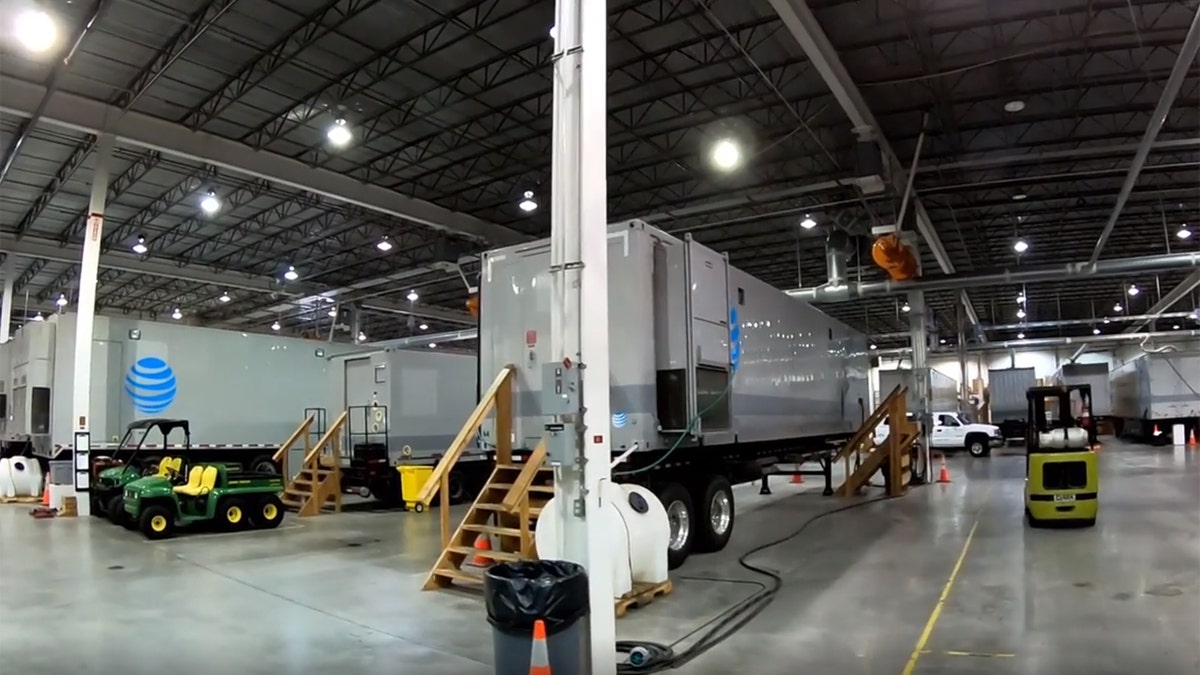
AT&T maintains four large warehouses throughout the country as part of its National Disaster Recovery team where equipment is stored to respond to large-scale disasters. (AT&T)
The company maintains four large warehouses around the country in undisclosed locations, stocked with thousands of generators, a fleet of drones, and even a blimp, to deploy to the next destructive weather event.
“Tornadoes to fires to hurricanes,” Sambar told Fox News.
A team of meteorologists works with long-range forecasting, allowing the NDR teams to position assets to respond to severe weather. Those internal meteorologists also are forecasting an active tropics this year.
A NASA-style command center, known as AT&T's Global Operations Technology Center (GTOC), allows the company to coordinate network response, with monitors tracking irregularities in equipment or connectivity.
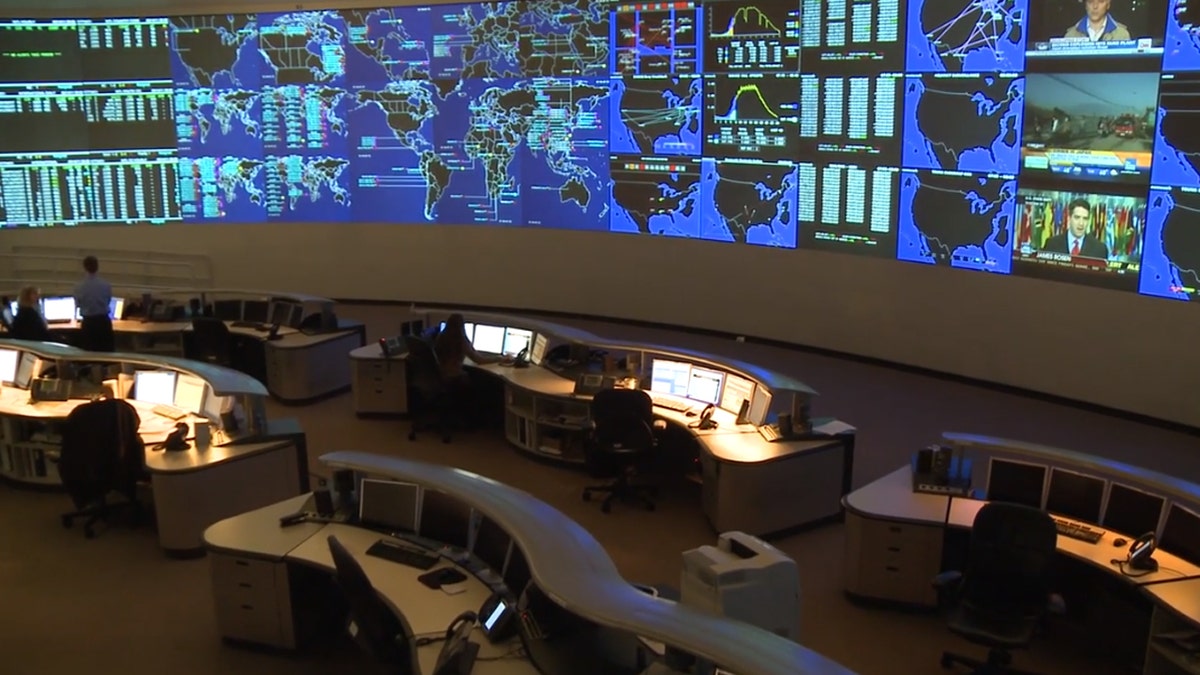
AT&T's Global Operations Technology Center (GTOC) is where the telecom company coordinates network response, with monitors to note any irregularities in equipment or connectivity. (AT&T)
AT&T is also contracted by the federal government for FirstNet, a nationwide, wireless communications network with a unique spectrum for first responders. It allows firefighters, law enforcement, paramedics, 911 systems, and emergency managers to have expanded access to connectivity in disaster zones.
2020 ATLANTIC HURRICANE SEASON FORECAST: HERE ARE 3 BIG TAKEAWAYS
The system is supported by a fleet of 100 half-ton trucks with self-contained wireless towers that create wireless coverage “for a few miles,” according to Sambar.
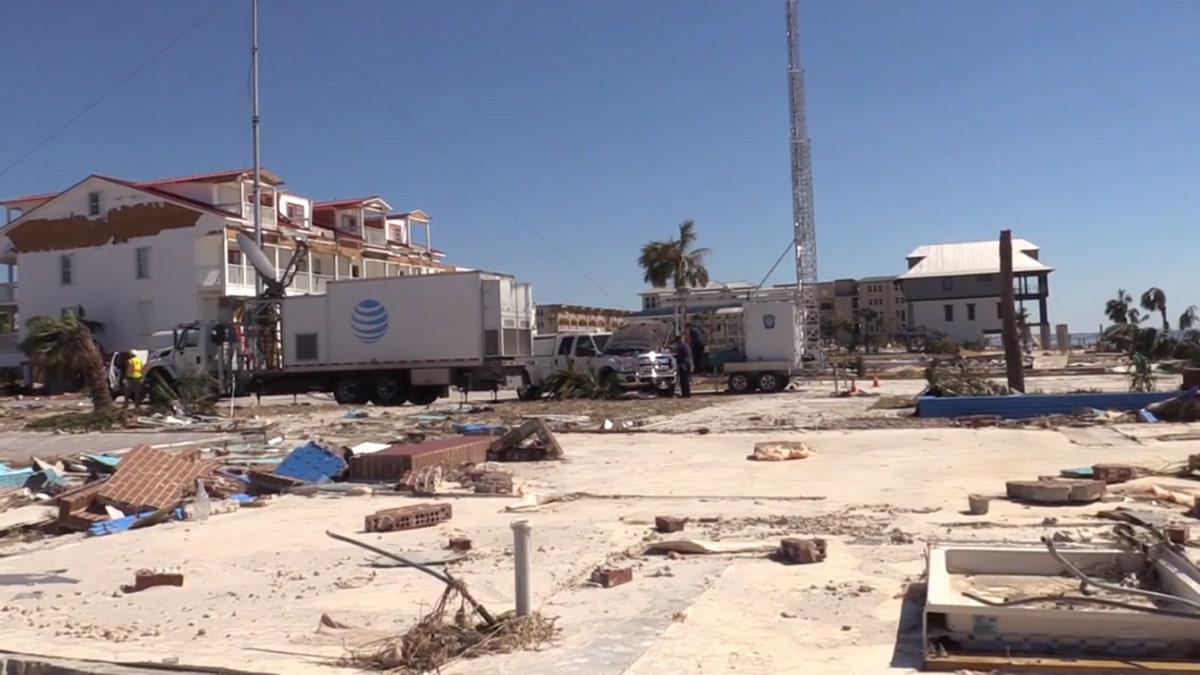
AT&T's National Disaster Recovery Team is made up of employees trained to use equipment from generators to drones, and even company-owned boats, if needed following a disaster. (AT&T)
FirstNet trucks were deployed to Puerto Rico after Hurricane Maria in 2017. The fleet also responded to Hurricane Michael when the storm devastated the Florida Panhandle the following year.
“The bar keeps getting raised for us and we’re ready for it,” Sambar said.
But in 2020, years of tested disaster plans needed to be tweaked in light of the coronavirus pandemic.

AT&T's National Disaster Recovery Team is made up of employees trained to use equipment from generators to drones, and even company-owned boats, if needed following a disaster. (AT&T)
Typically, when something like a tornado moves through, the company will send two workers in each truck, one driving and the other to survey the damage and file a report. In the new era of social-distancing, AT&T now has one person per vehicle.
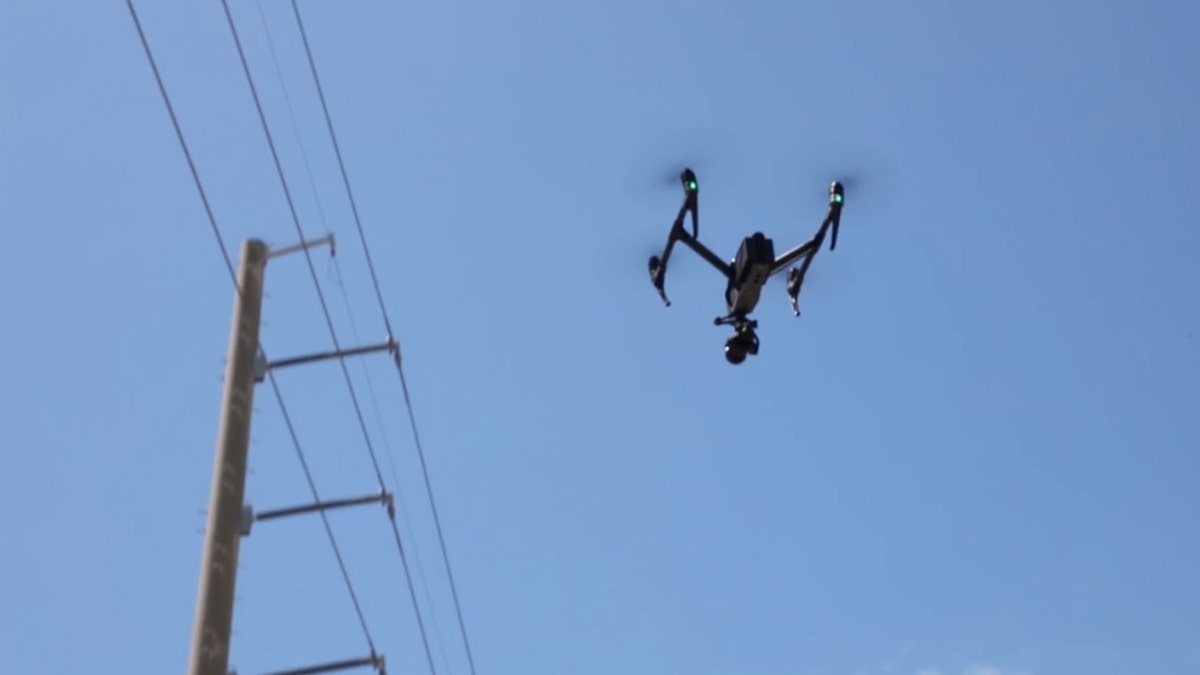
Drones are among the tools AT&T uses in storm disaster response efforts. (AT&T)
Sambar said overall the change “slows us down,” as more people and more vehicles are now needed.
In addition to changes in the field, storage of vehicles used in storm response has also seen adjustments. In order to maintain proper social distancing, how often vehicles need to be cleaned, how many people are in specific yards, and how shared vehicles need to be handled have all changed.
Included among items in the NDR warehouses this year are tens of thousands of bars of soap, in case crews run out of hand sanitizer, according to Sambar. Millions of masks have been ordered and some already have been distributed to technicians and engineers. Sambar said responding to tornados earlier this year served as a learning period for an even larger-scale disaster like a hurricane.
“Now we have those procedures ready for our hurricane response because that's the big season for us,” he told Fox News.
CLICK HERE FOR MORE WEATHER COVERAGE FROM FOX NEWS
But when large-scale disaster response includes crews from other states and, more importantly, providing them accommodations, Sambar admitted there will be challenges. Crews that would previously share hotel rooms will probably be separate now to ensure proper social distancing.
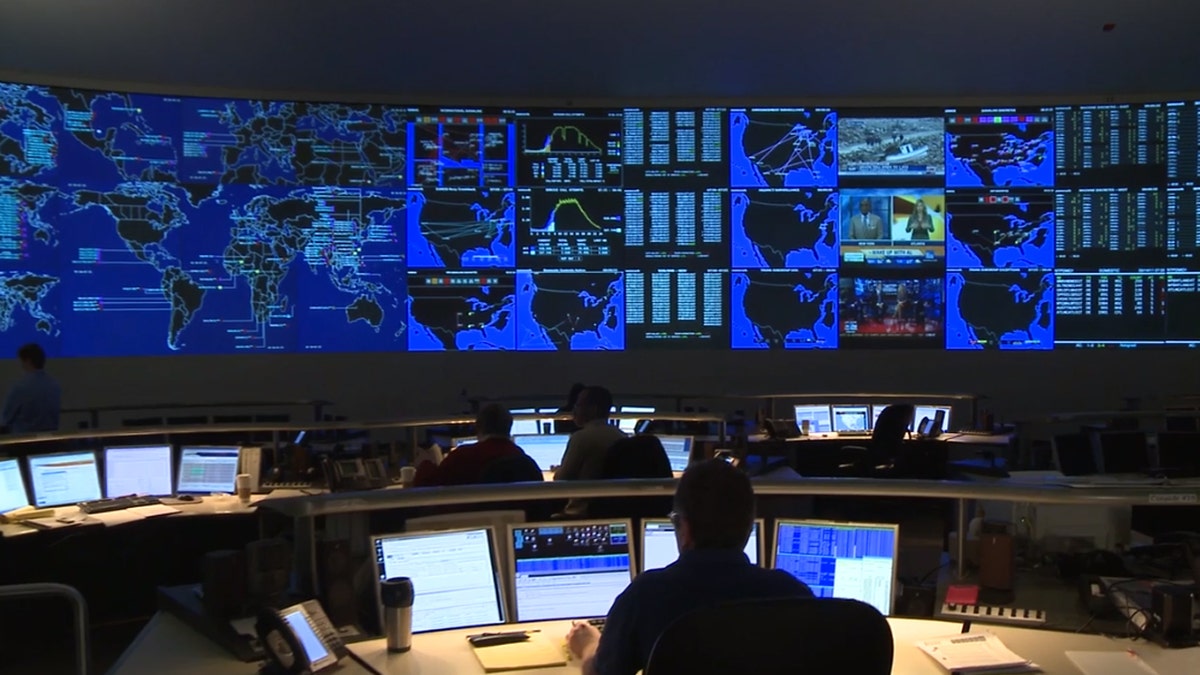
AT&T's Global Operations Technology Center (GTOC) is where the telecom company coordinates network response, with monitors to note any irregularities in equipment or connectivity. (AT&T)
Temporary facilities for crews also may be in the mix. The company has already worked with FEMA and state agencies on plans for accommodations, but Sambar admitted that “things are different” with the COVID-19 pandemic.
“I think it’ll be challenging for cities, states, counties to help out as much as they have in the past,” he told Fox News.
He encouraged residents to be ready with typical disaster kits, but also to have face masks, hand sanitizer and personal protective equipment (PPE).

What you should about this year's 2020 Atlantic hurricane season. (Fox News)
With so many Americans now working from home and relying on communication networks, Sambar acknowledged that the “backbone of our country" in the era of the pandemic is strong Internet and phone connections.
CLICK HERE FOR THE FOX NEWS APP
Restoring any storm-related outages takes on an even greater role.
“When we have storms in the future, people are going to be very intolerant of their network going down,” he said.
On the federal level, disaster preparedness experts have stressed that it's critically important for people in evacuation zones to plan to stay with friends or family, rather than ending up in shelters during the coronavirus pandemic.
“Shelters are meant to keep you safe, not make you comfortable,” Carlos Castillo, acting deputy administrator for resilience at FEMA, told reporters late last month.
“Social distancing and other CDC guidance to keep you safe from COVID-19 may impact the disaster preparedness plan you had in place, including what is in your go-kit, evacuation routes, shelters, and more," Castillo said. “With tornado season at its peak, hurricane season around the corner, and flooding, earthquakes and wildfires a risk year-round, it is time to revise and adjust your emergency plan now.”




